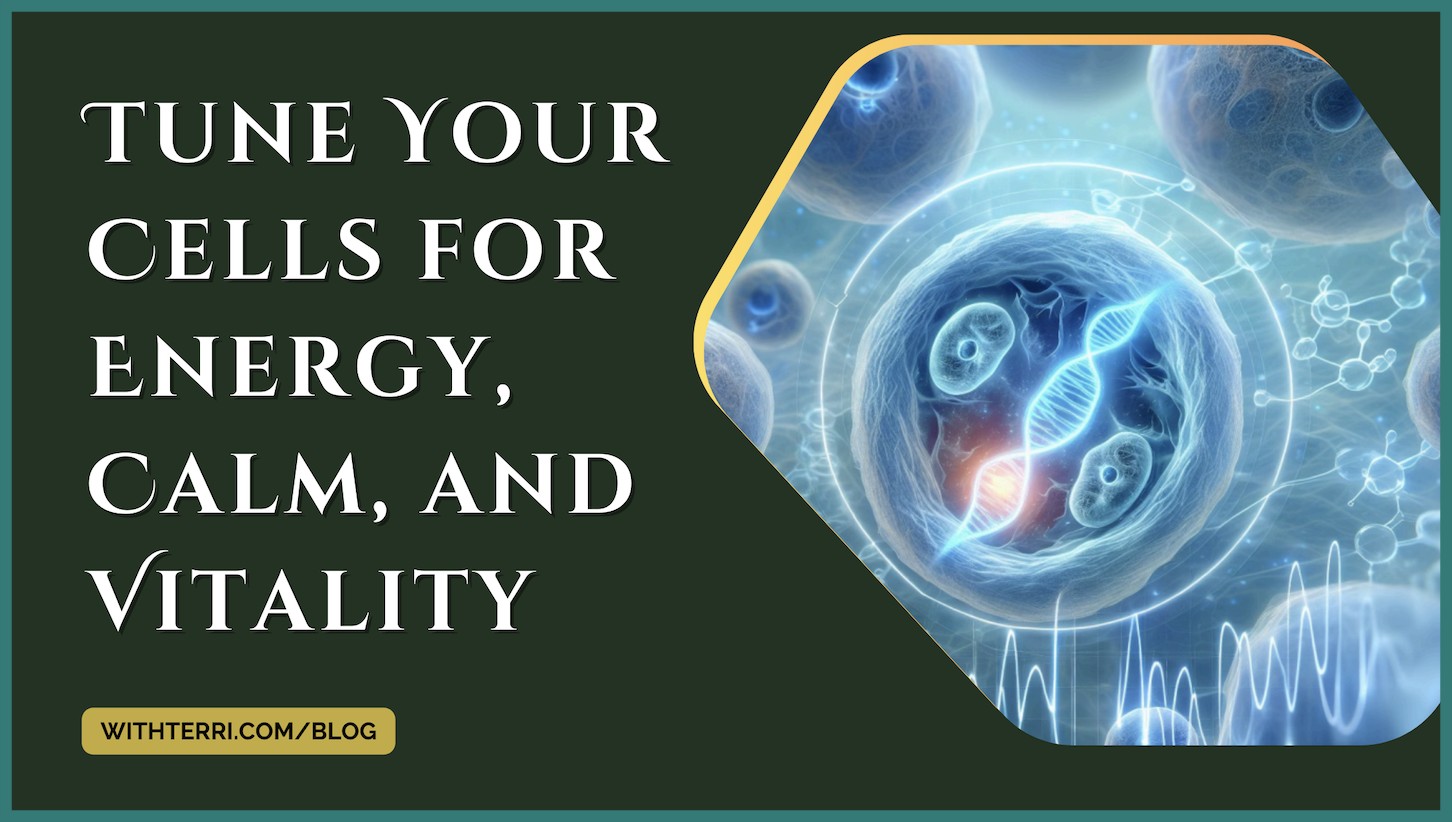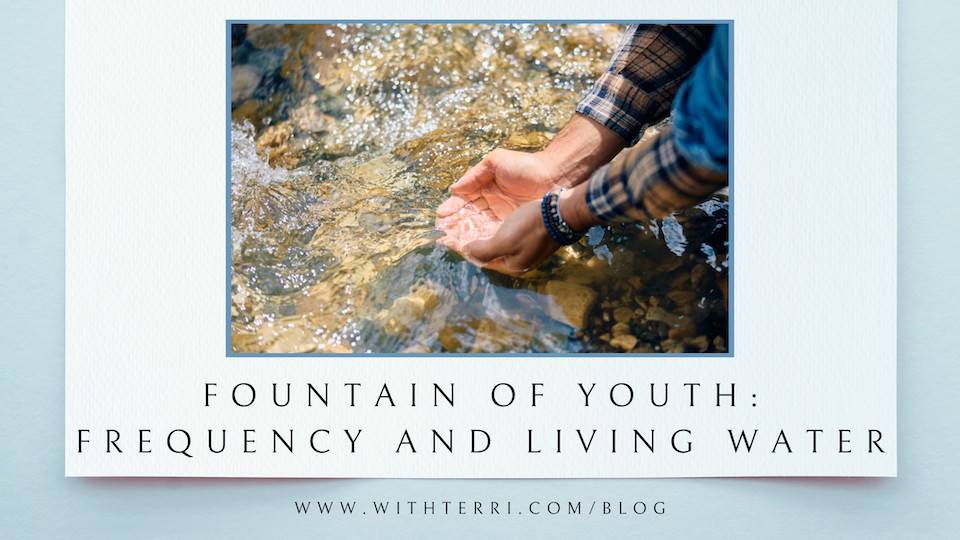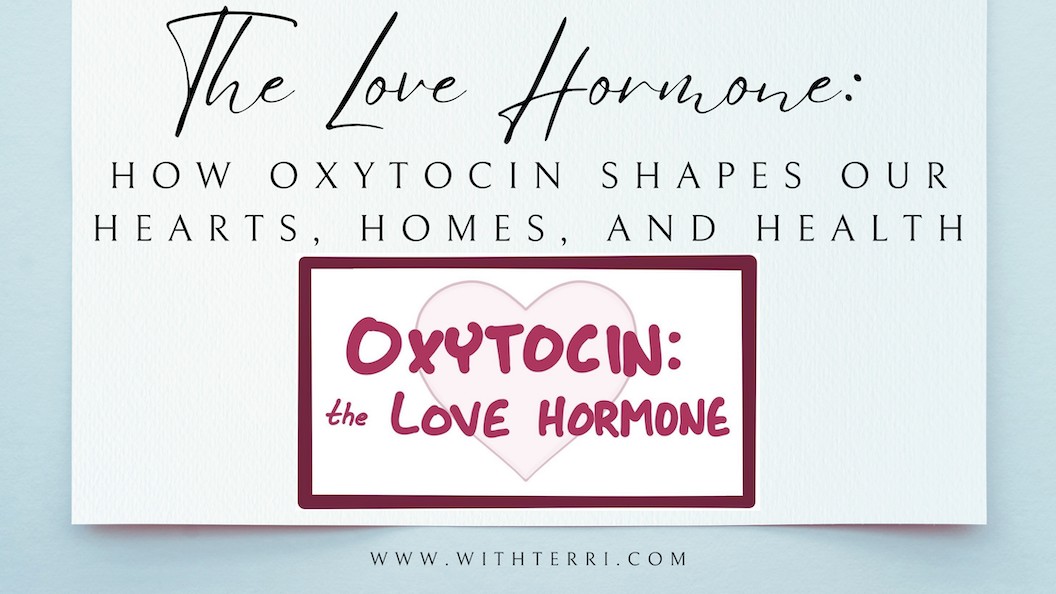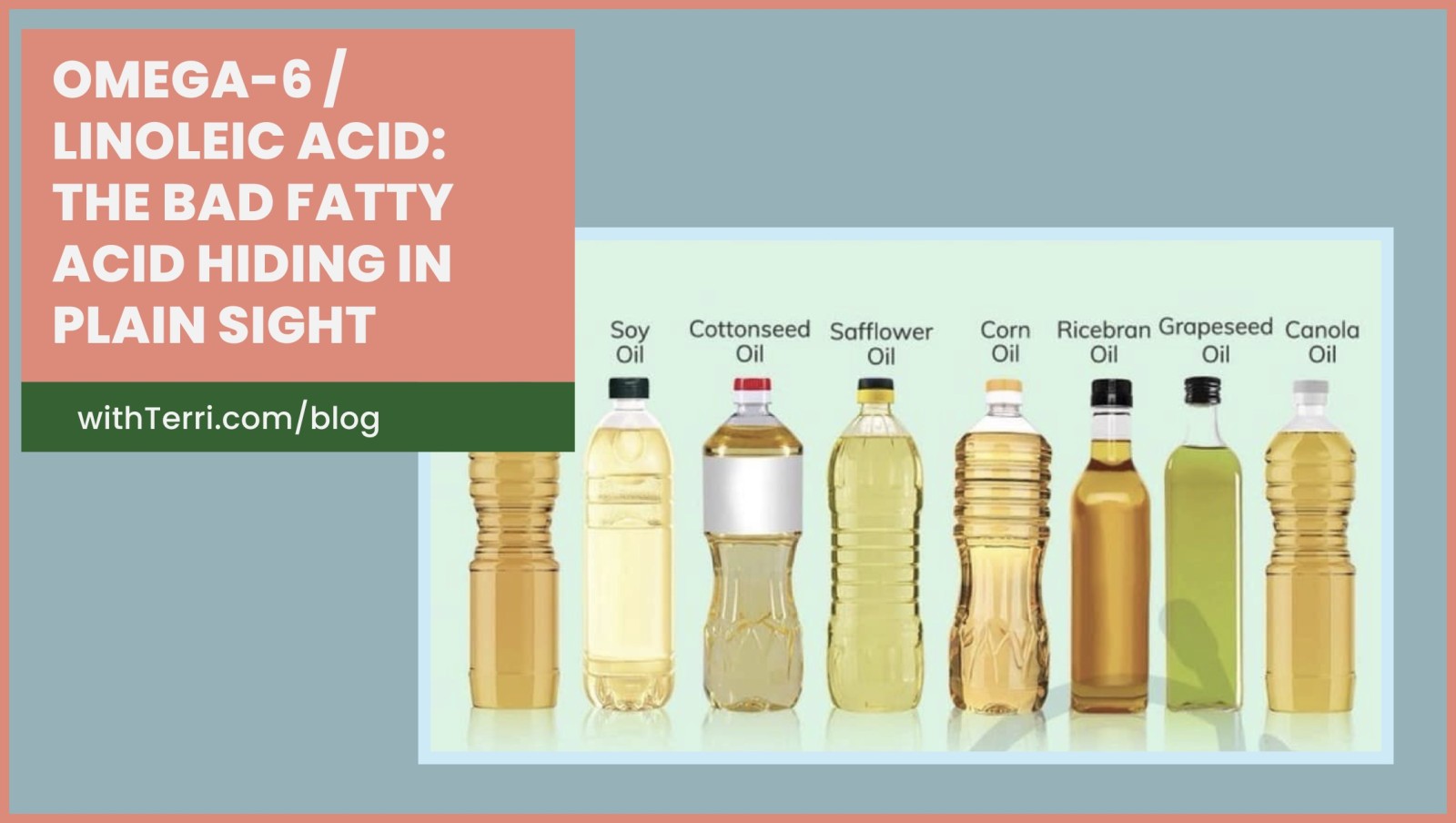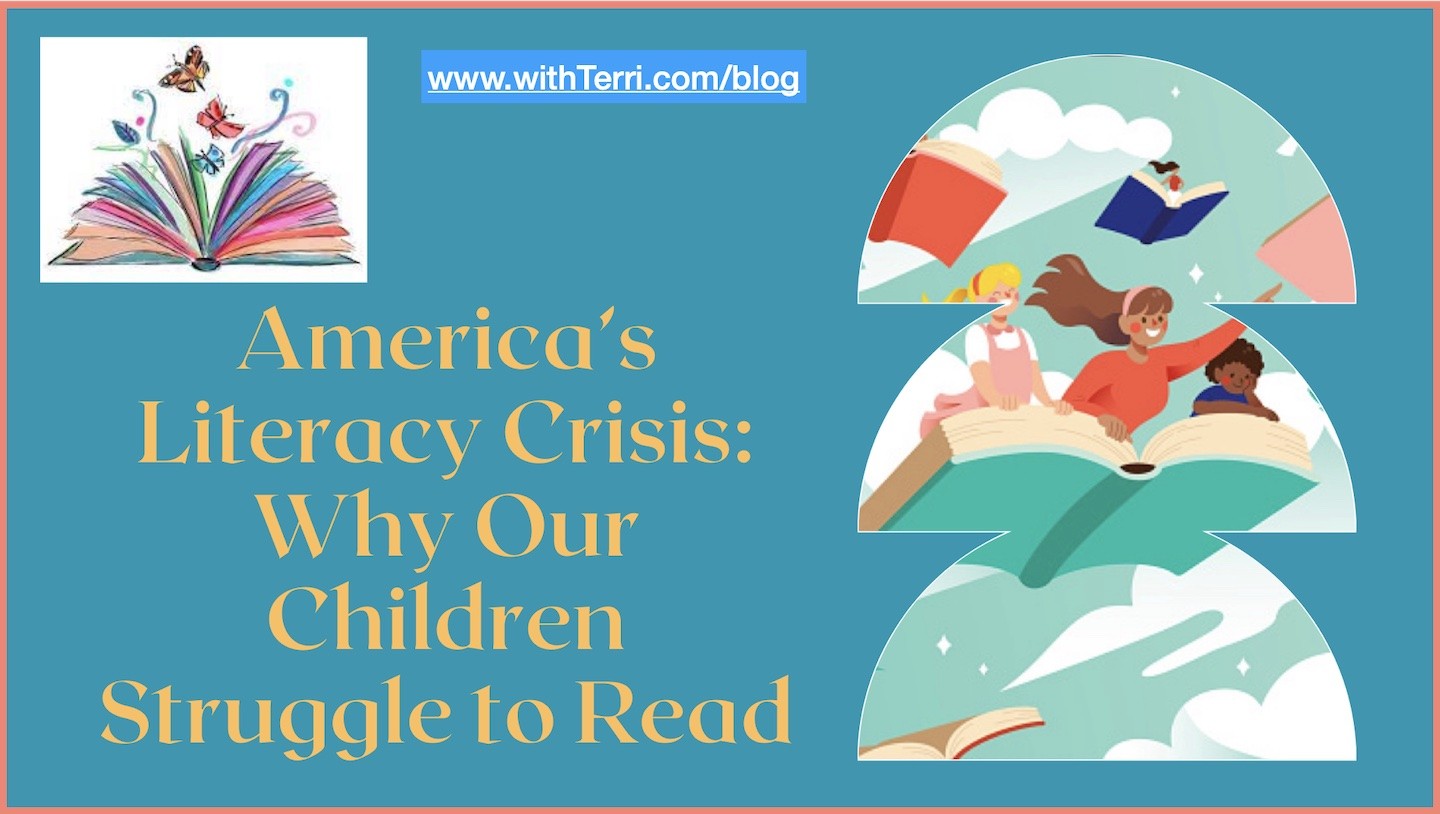
A groundbreaking May 2025 study in Brain Medicine links microplastics—especially from ultra-processed foods (UPFs)—to serious brain health concerns, including dementia, depression, and anxiety. These plastics can cross the blood-brain barrier, disrupt brain function, and may even affect reproductive health by crossing the blood-testis and placental barriers. Children are especially at risk due to higher UPF consumption and smaller brain size. The post urges a return to whole, natural foods and toxin-free living to protect our brains and bodies from this hidden modern threat.
Read more...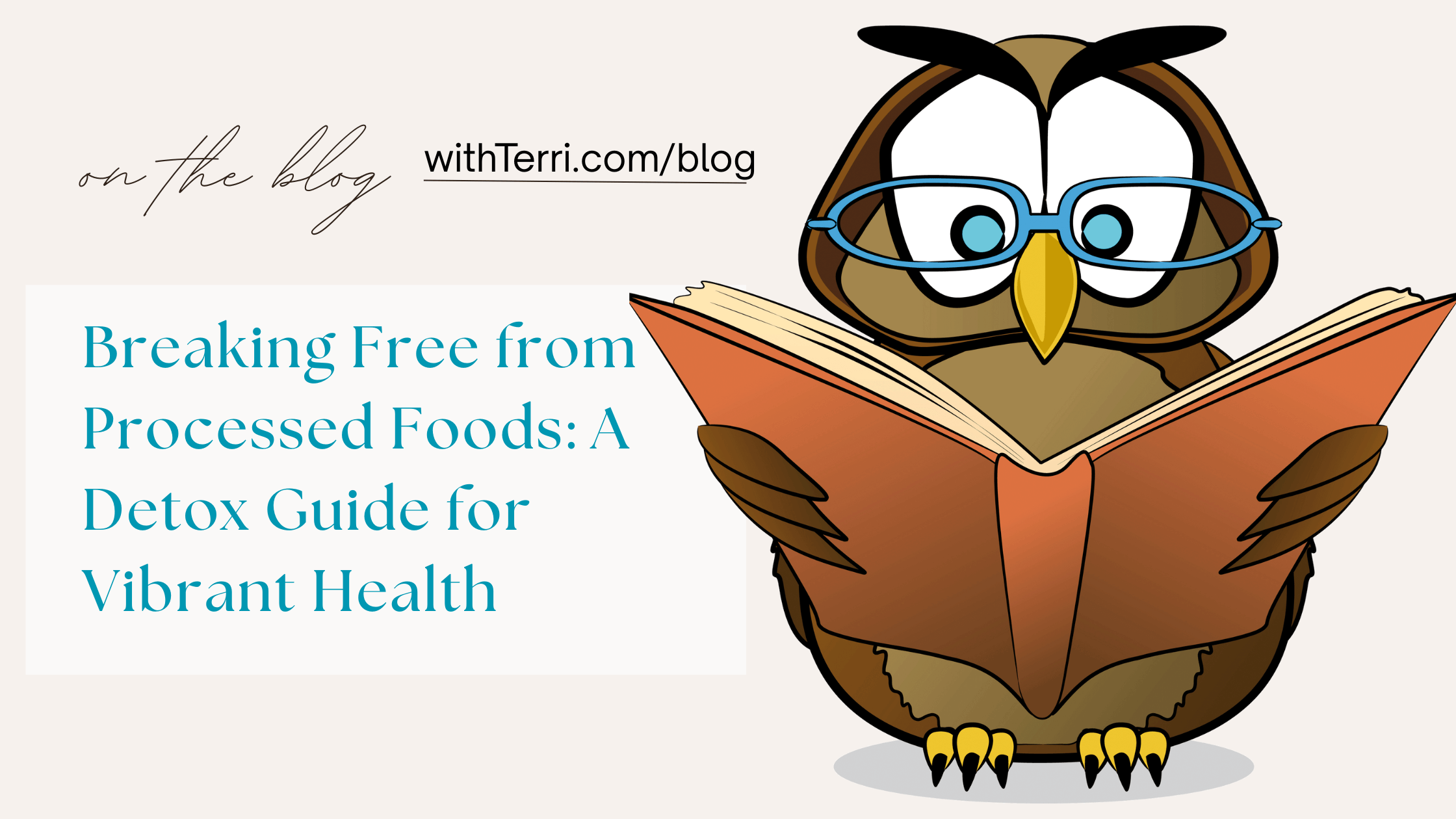
Struggling to break free from processed foods? Our modern diet is packed with artificial additives, industrial seed oils, and hidden toxins that disrupt our body’s natural balance. This detox guide will help you transition step by step, replacing harmful foods with nutrient-dense, whole alternatives. Learn how to reset your taste buds, restore your natural hunger cues, and create a toxin-free home for vibrant health.
Read more...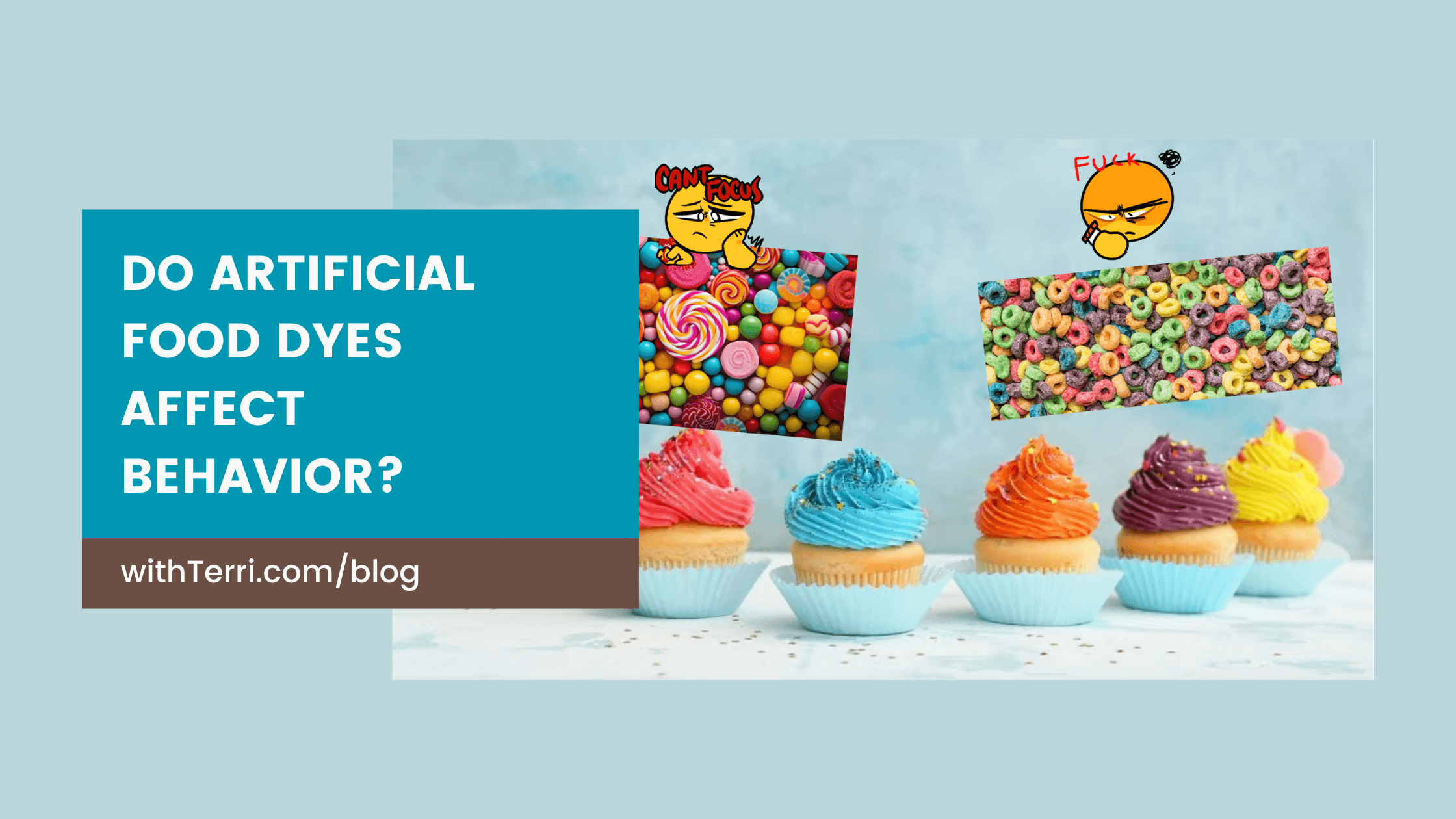
Artificial food dyes, like Red 40, Yellow 5, and Yellow 6, have been linked to mood and behavioral challenges in children, such as ADHD, hyperactivity, and impulsiveness. Research shows that these dyes are made from petroleum and can act as xenoestrogens, disrupting hormone balance. Some studies suggest that around 8% of ADHD cases in children may be tied to artificial colors. Even small amounts of these dyes—like those found in common snacks and drinks—can trigger symptoms in sensitive children. A notable study from The Lancet found increased hyperactivity in kids who consumed beverages with dyes and preservatives. Despite the evidence, artificial dyes continue to be widely used in processed foods, raising concerns about their impact on developing brains and overall health.
Read more... Have you ever stopped to think about what’s in your laundry detergent? Most people don’t, but the chemicals in conventional detergents could be affecting your health more than you realize. From hormone disruptors to potential carcinogens, many laundry products contain ingredients that can trigger allergies, irritate your skin, and even disrupt your mood. These toxins can linger in your clothes and bedding, releasing fumes with every wash. With so much focus on cleanliness, it’s easy to overlook the hidden dangers in those bottles of ‘freshness.’ Fortunately, switching to healthier laundry alternatives doesn’t have to be complicated. By opting for plant-based, unscented, or naturally scented products, you can help minimize your exposure to harmful chemicals, creating a safer environment for yourself, your family, and even your pets. Are you ready to make a change for cleaner, toxin-free living?
Have you ever stopped to think about what’s in your laundry detergent? Most people don’t, but the chemicals in conventional detergents could be affecting your health more than you realize. From hormone disruptors to potential carcinogens, many laundry products contain ingredients that can trigger allergies, irritate your skin, and even disrupt your mood. These toxins can linger in your clothes and bedding, releasing fumes with every wash. With so much focus on cleanliness, it’s easy to overlook the hidden dangers in those bottles of ‘freshness.’ Fortunately, switching to healthier laundry alternatives doesn’t have to be complicated. By opting for plant-based, unscented, or naturally scented products, you can help minimize your exposure to harmful chemicals, creating a safer environment for yourself, your family, and even your pets. Are you ready to make a change for cleaner, toxin-free living? Recreating a cherished scent can lead to healthier innovations. By using essential oils, you gain control over the ingredients in your home’s air. Many commercial air fresheners contain toxins like phthalates, formaldehyde, and VOCs, which harm respiratory and brain health.
Recreating a cherished scent can lead to healthier innovations. By using essential oils, you gain control over the ingredients in your home’s air. Many commercial air fresheners contain toxins like phthalates, formaldehyde, and VOCs, which harm respiratory and brain health.Making your own fresheners lets you customize safe, uplifting scents and is cost-effective and eco-friendly. Simply fill a spray bottle with distilled water, add a tablespoon of witch hazel or vodka, and mix in 10-20 drops of your favorite essential oils. Enjoy joyful, toxin-free aromas for a healthier living environment!
Read more...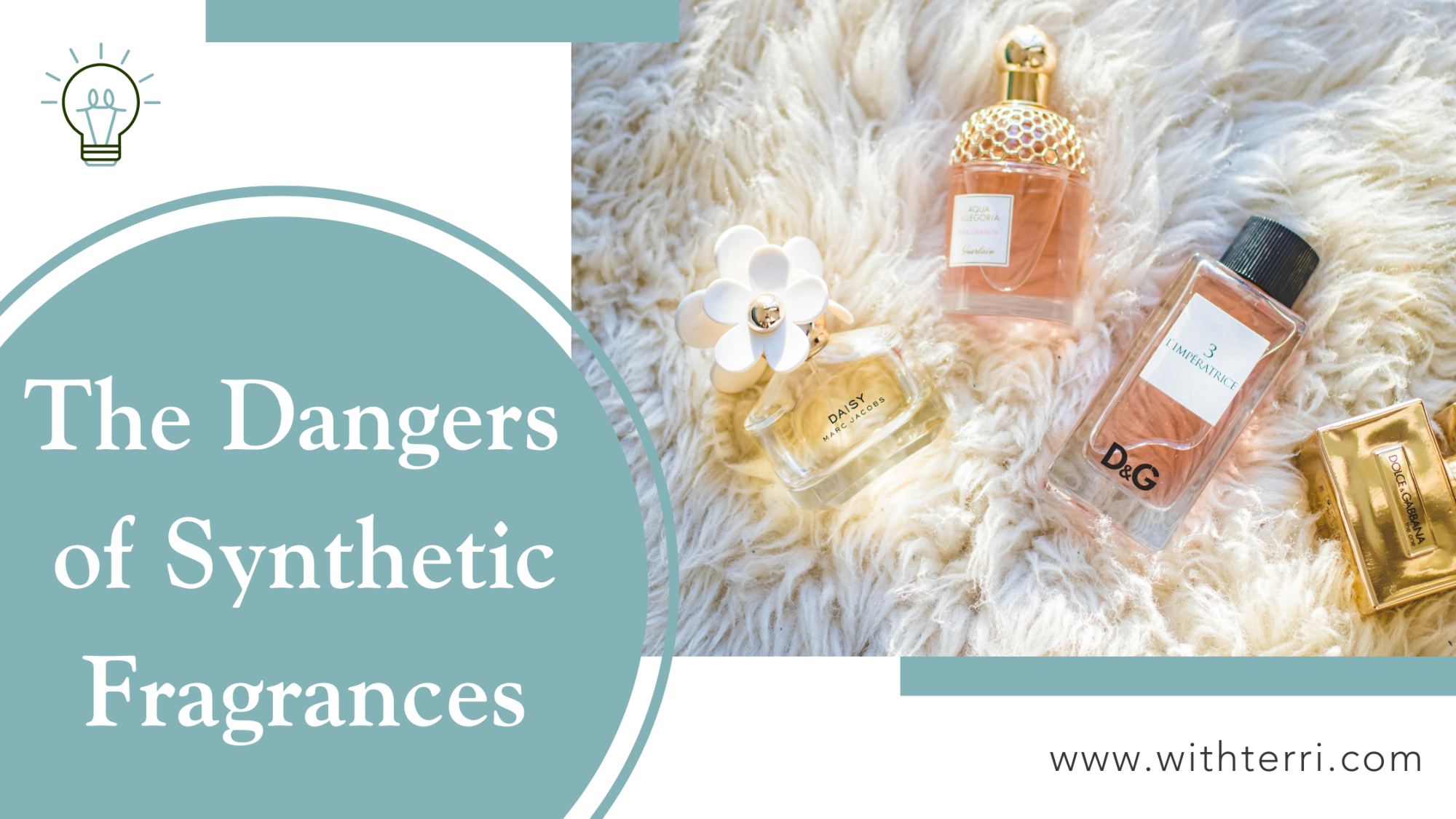
Did you know that the air we breathe is filled with countless synthetic chemicals? It's alarming to realize that even within the comfort of our own homes, we may unknowingly expose ourselves to these invisible culprits. From scented candles to air fresheners and personal care products, synthetic fragrances have become an integral part of our daily lives.
Read more...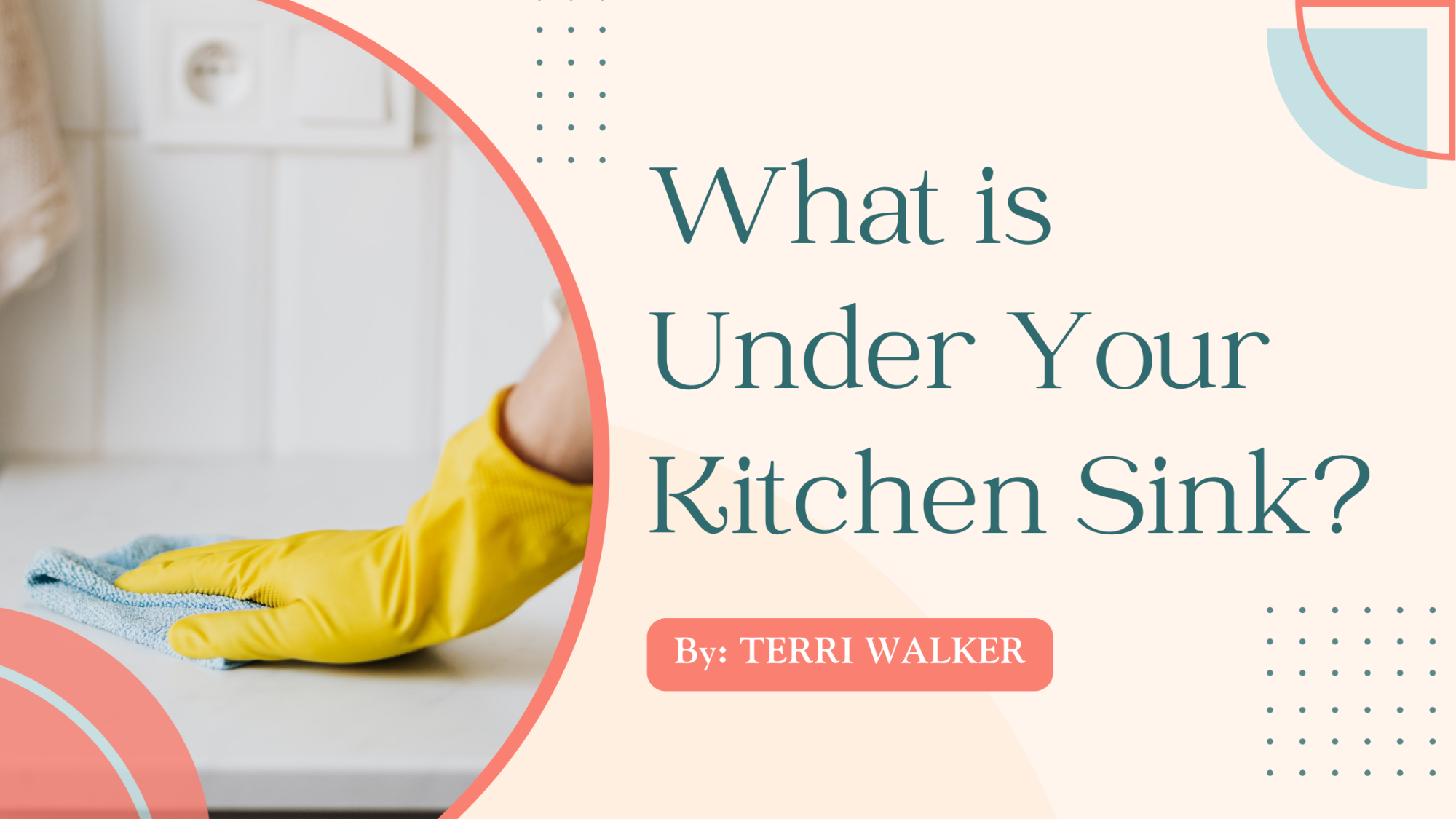
We are surrounded by toxins hidden in our soaps, shampoos, toothpaste, sunscreen, household cleaners, lotions, and even our makeup. In fact, women are exposed to over 100 chemicals a day. These chemicals can affect the hormones and fertility of both women and men and can even be passed on to your child during pregnancy and breastfeeding.
Read more...




